Written by Carlo Vialu, PT, MBA, co-creator of SeekFreaks. He loves promoting function and participation for children and youth with disabilities, from our assessment to our interventions, via his continuing education courses: Everything’s Measurable, The Well-Equipped Therapist! School-based OT & PT Symposiums, and the live online Experts Series. Read more about these courses after the article.
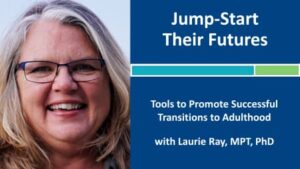
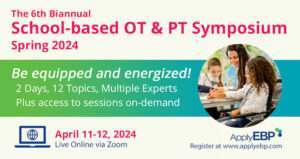
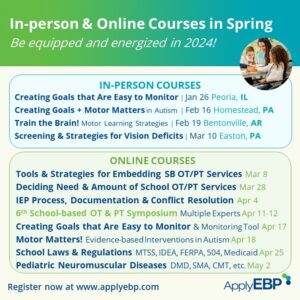
What You Assess Is What You Intervene On
Are you getting more referrals to assess children and youth in middle and high school? Are you stumped on what assessment tool to use? This article is for you.
Whether you are an OT, PT, SLP or another health care professional working in a school, in a clinic, or at home, my core belief when working with our pediatric clients is to keep the end in mind. And what is this end? Their lives as adults, after high school! We need to select interventions that does not just help them now, but also contributes to their future success in the areas of:
- Post-secondary education (college, vocational school, etc.)
- Employment (independent or supported employment)
- Independent/supported living skills and community participation (home living skills, leisure, wellness, etc.)
We have research that tells us the predictors of successful post-school outcomes. We even wrote an article about what we OTs, PTs, and SLPs can do now to support these predictors.
The focus on these “ends” is even more critical at this age. As I often hear my dear colleague Peggy Morris say, what we assess is what we end up intervening on! So if we want to support their success in the 3 above, we need to assess in their function in those 3 areas.
What I have not mentioned so far is that it is also very important to look at the reason for referral. It can help you narrow down what areas to assess. If the referral is too general or does not focus enough on function (say “poor sensory processing” or “poor expression”), you can start the conversation with the referring individual to tease out how the problem they are reporting is impacting the child’s function in real life now and in the future (thinking of any of the 3 areas above, as appropriate to the setting).
So, let’s start our SeekFreaks’ list of recommended assessment tools to consider when assessing children in middle and high school. We include the age, cost, test responders, how to access them, the reason we like the test and any limitation.
What Are Their Interests?
I always start by finding out their interests and their own views of their performance of an activity. This informs me of what motivates them, what are their strengths, and what they view as areas that they would need to work on.
1. Canadian Occupational Performance Measure – “a client-centred outcome measure for individuals to identify and prioritize everyday issues that restrict their participation in everyday living.” (Source: https://www.thecopm.ca/about/)
- Age: 8 yrs old and older
- Cost: $15 for 100 measures
- Who Completes It: Your pediatric client, parent/caregiver, teacher
- Access: Click here to learn more and to purchase the test
- Why We Like This Test:
- It is a great tool for setting goals that are meaningful for your clients. It asks them to identify what are most important for them in the areas of self-care, productivity and leisure, and their view of their own performance, and satisfaction with their performance.
- It can be completed by the teacher, parent and/or caregiver, if you want to find out their own perspectives, or for pediatric clients who are unable to complete the COPM.
- It is standardized! So you can use it as an outcome measure to monitor their progress on their own goals.
- Limitation: It may be too hard for some children (in which case, use it with the child’s adults…see above)
2. Child Occupational Self-Assessment (COSA) – client-centered assessment tool that allows the child or youth to identify activities that he/she feels are most important or relevant to them to help prioritize goals to be addressed (COSA Manual, 2014)
- Age: 6-21 y/o
- Cost $40. It’s a PDF and you can reprint the forms.
- Who Completes It: Your pediatric client
- Access: Click here to purchase the test
- Why We Like the Test:
- I call this the younger, easier sibling of the COPM. Activities are already listed (25 items in self-care, play and leisure and learning), and they report the importance of each item and their performance.
- They have 3 different forms: Youth Form, Youth Form with Symbols, and Card Sort. The card sort is perfect to just have them point at their answer.
- There are empty Cards so you or the child can add items as needed.
- It helps you identify their motivators, their strengths and what needs work.
- Limitations: It is not a standardized tool, because it includes open-ended questions. But it can still be used as an outcome measure.
How Are They Doing in Relation to the 3 Areas of Post-School Outcomes?
In this category, we favor functional tests over tests that identify impairments (think PEDI-CAT over the BOT-2). If we want our pediatric clients to be better in real world functions, we have to measure what they do in the real world.
There are a lot of tests out there that measure their participation in the school, home and the community, as well as how they perform various activities of daily living. Here are our 4 favorites based on utility, cost, and inclusion of items that relate to the 3 post-school outcomes discussed above.
1. Participation and Environment Measure for Children and Youth (PEM-CY) – “a measure that evaluates participation in the home, at school, and in the community, alongside environmental factors within each of these settings.” (source: Canchild PEM-CY page)
- Age: 5-17 y/o
- Cost: CAD$99. It’s a PDF and you can reprint the forms.
- Who Completes It: Parent/caregiver
- Access: Click here to purchase the test
- Why We Like This Test:
- It looks at 3 important areas of participation: home, school and community.
- It assesses both participation and the environment. So you know if you need to change the environment to promote better participation.
- The environment asks about social (in addition to the physical) environment, as possible barriers that you may need to impact.
- Ecologically valid, as included items are broad areas of function, for example “indoor play and games”, so it can be whatever indoor play and games that the child/family participates in.
- There’s a free version for parents to answer the items online.
- Limitation: Since the responders are parents/caregivers, they may have a hard time answering the “School” section with accuracy. But it’s a good way to start this conversation about the child’s school participation.
2. Child and Family Follow-up Survey (CFFS) – initially designed for children with acquired brain injury, this has since been used to assess children with other diagnoses, to measure participation, the environment and client factors (Source: CFFS Manual)
- Age: 5-17 y/o
- Who Completes It: 2 Versions: Parent/Caregiver Version; Youth Version
- Cost: Free!!!
- Access: Click here to access
- Why We Like This Test:
- There are 3 parts that you can use together or separately: Child and Adolescent Scale of Participation (CASP), Child and Adolescent Scale of Environment (CASE), Child and Adolescent Factors Inventory (CAFI)
- Assesses the areas of home, community and school
- Ecologically valid, as included items are broad areas of function that is dependent on what is available to the child, for example “Using educational materials and equipment that are available to other children in his or her classroom/s or that have been modified for your child” (Source: CASP Form)
- Like the PEM-CY, the environment questionnaire (CASE) asks about social (in addition to the physical) environment, as possible barriers that you may need to impact.
- And it’s FREE! (Did I say that already?)
- Limitation: Like the PEM-CY, when using the Parent/Caregiver Version, they may have a hard time answering the “School” section with accuracy. But it’s a good way to start this conversation about the child’s school participation.
3. Pediatric Evaluation of Disability Inventory – Computer Adaptive Test (PEDI-CAT) – a computer adaptive tests that identifies functional level in the areas of mobility, daily activities and social/cognitive
- Age: Birth – 20 y/o
- Cost: $2 per testing online
- Who completes it: Parent, caregiver, educator or clinician
- Access: Click here to learn more | Click here to purchase
- Why We Like This Test:
- It’s computer adaptive, so it can take less time to complete. Not all items need to be answered to arrive at a score.
- You can test for each domain separately.
- The report includes a chart of their performance.
- It includes a Responsibility Domain that “measures the extent to which the caregiver or child takes responsibility for managing complex, multi-step life tasks.” (Source: PEDI-CAT website)
- You can use as an outcome measure (to compare performance at 2 different times), and/or to compare performance with peers using norms.
- Limitations: I can’t think of much, as there are too many good things about it.
4. Roll Evaluation of Activities of Life (REAL) – “screening instrument to help professionals assess children’s ability to care for themselves at home, at school, and in the community” (Source: REAL website)
- Age: 2 years – 18 years and 11 months old
- Cost: $112.80 for the kit
- Who completes it: Parent/caregiver
- Access: Click here to purchase
- Why We Like This Test:
- Includes 78 ADL statements and 58 IADL statements, from dressing, toileting, personal care, chores, meal prep, school-related skills, and more.
- It includes norms, so it can also be used to compare the child’s performance with peers.
- It includes educational information sheets that you can share with parents/caregivers, that include suggestions for skills that they can help their child develop, by age.
- Limitation: The number of items may initially be overwhelming.
3 More Suggestions
1. Transition Planning Tools
But before you buy any of the tools we listed above…if you work in the schools, my suggestion would be to reach out to your Transition Team. They often are already using a transition planning tool that includes assessment within your areas of expertise, such as mobility, ADLs, and others.
Instead of adding another assessment tool to burden the teacher and the family with, you can just ask the team if you can help administer the domains that are within your areas of expertise, or at least help interpret the results using your OT, PT or SLP lens.
If your team does not have one, you can take a look at the tounge-twister-to-pronounce, but reasonably priced Enderle-Severson Transition Rating Scales (ESTR).
2. Ecological Assessment
You can also choose to do an ecological assessment, or assess your pediatric client’s function in the real environment (with real people, think peers and adults), where they are having difficulties in. This can include the classroom, a worksite, the neighborhood, the lunchroom, the home…anywhere! Use the reason for referral as the starting point/area to observe.
Make this assessment as organized as possible, not just random observation. Here are some things to consider
- Record the day, time and location/setting that you are evaluating so you can observe in the same day, time and setting in the future to report on progress.
- Record the various activities that are happening in the setting, with the time each activity is happening (for example, 8:30-8:40 am Classroom arrival, 8:40-8:50 am Classroom meeting, 8:50-9:10 am Journal time, and so on).
- Record the expected performance during each activity.
- Record what the peers are doing, so you have a comparison.
- Record what your pediatric client is doing. Identify strengths, and not just challenges!
3. Augment with Other Tests as Needed
I am not stopping you from using other tests. Once you have used a combination of any of the above tests and identified the interests, needs and challenges of your pediatric client, you can narrow down what test you would want to use to help you:
- Identify the possible reasons are for the child’s challenges (think tests for strength, sensory processing, verbal expression, coordination and others)
- Determine whether the reason for the child’s challenges are within your area of expertise…therefore recommend whether you are the right service to support the child, or perhaps a referral to another discipline is needed.
Final Suggestion
The lists of tests above is not exhaustive. There are more our there. At the end of the day, what I want you to takeaway from this article is to choose tests that helps you:
- Identify the interests and strengths of the child
- Determine the needs of your pediatric client from their own view, their parent/caregiver, and/or teacher
- Measure their participation in real-world functions, with a focus on post-secondary outcomes
Do not overwhelm yourself with too many tests. Be selective and organized, so that each test you choose is helping you, without being redundant.
Finally, let us not wait until they are in middle or high school to think about these 3 post-secondary outcomes. Let us make sure that even as early as in their elementary years, we are already using assessment tools and interventions that address real-world function. This way we are building a solid foundation for their middle, high school and post-secondary school years – starting the end in mind!
Happy testing!
Join Carlo Vialu and other experts at these all evidence-based, all practical continuing education online courses:
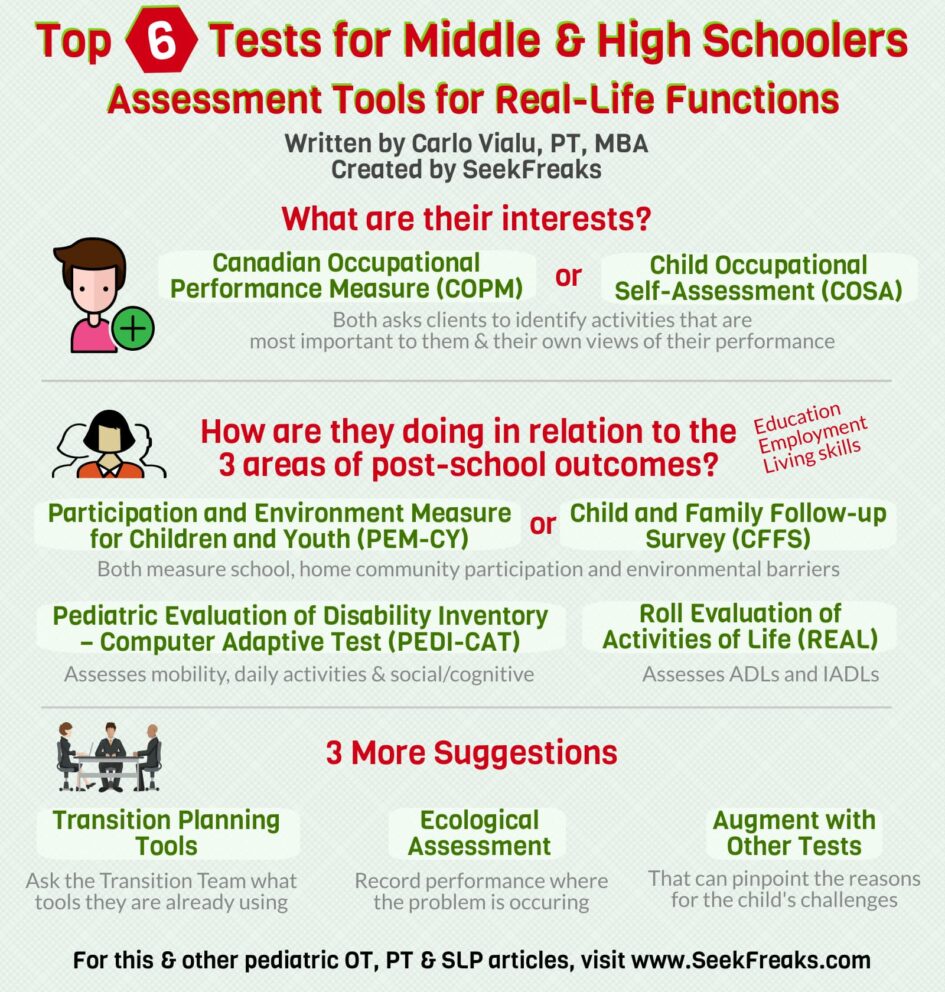
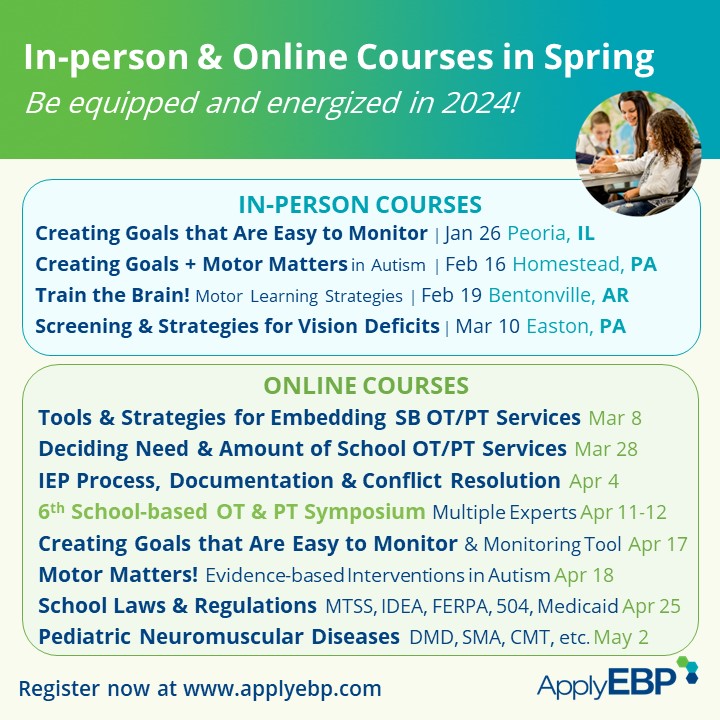
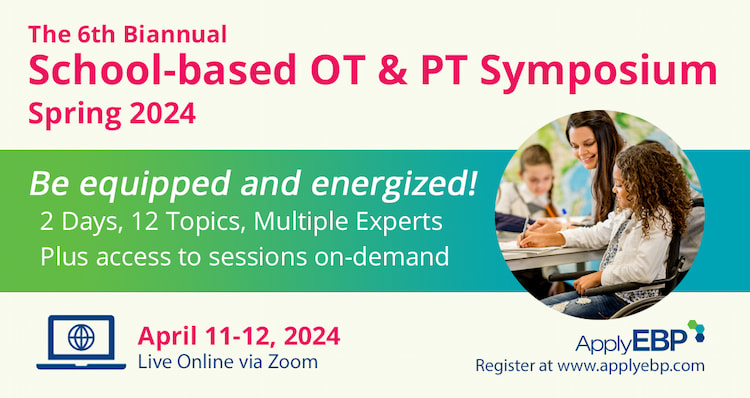
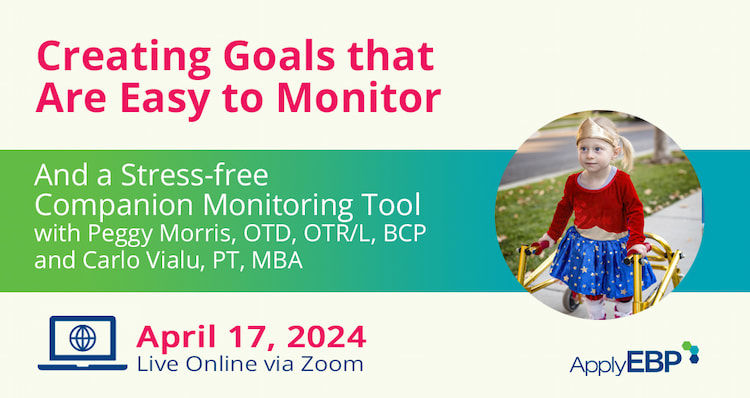
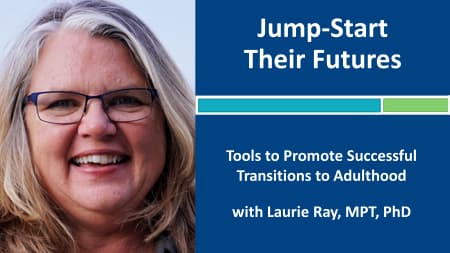
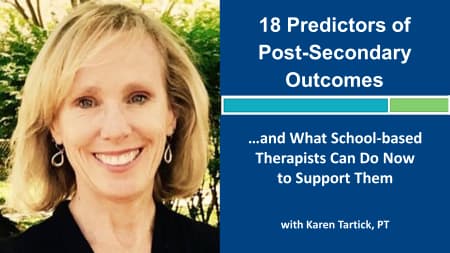










November 5, 2023 at 10:54 pm
The first thing I appreciated was the clear communication from the NDIS team. They provided a detailed overview of what to expect during the assessment, which helped alleviate some of my initial concerns.